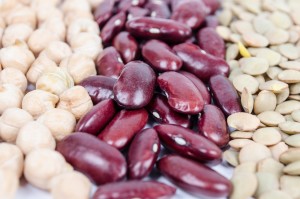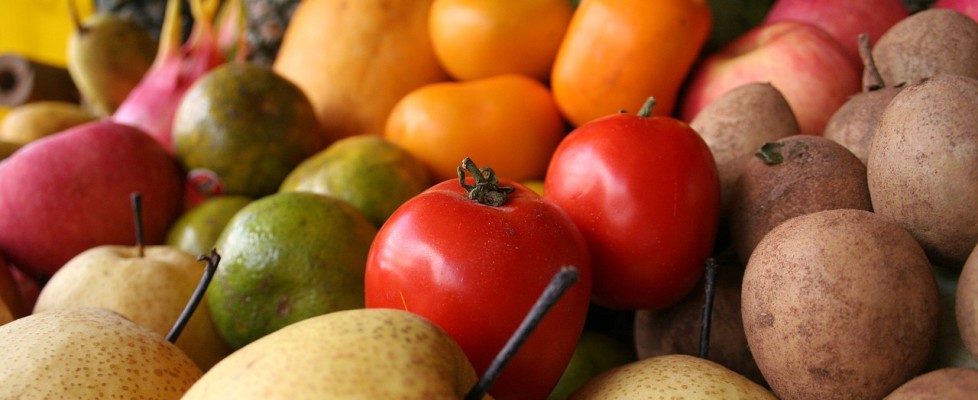Why Eating Healthy Is Super Cheap
Whenever anyone asserts that eating healthy is “just too expensive,” I immediately respond with by saying “beans and rice are about the cheapest foods in the entire grocery store.”
The belief that less healthy foods are cheaper is based on faulty accounting. Sure, a soda or highly processed snack food may have more calories per dollar than some healthier options, however comparing the price of empty calories to nutrient dense foods is like comparing the price of textbooks to the price of a college education: you need the books to learn but without the classes they mean little.
If you were to shift your accounting to nutrients per dollar, plant-foods would come up winners every single time.
Now that you are jazzed up to focus on buying nutrients and not calories, I have even better news for you – there are plenty of super plant foods that are super cheap to boot! Some of the cheapest healthy foods in the grocery store include:
Brown Rice
Potatoes
Beans (Black Beans, Chickpeas, Kidney Beans, Lentils, Peas, etc)
Bananas
Sweet Potatoes
Oats
Frozen Fruits & Vegetables
Whole Wheat Pasta & Whole Wheat Bread
With spices, condiments, and creativity, these foods can be transformed into an endless possibility of delicious and healthy meals.
If you shop at a store with a bulk foods section this can substantially reduce the cost of healthy food as well. Dried beans and grains in bulk containers are incredibly cheap and super healthy calories packed with nutrition.
Buying fresh produce that is in season reduces costs as well. You may have noticed that strawberries in the early summer, peaches in late summer, and squash in the fall are cheapest. Buying them at other times of the year can dramatically increase the price.
For out of season produce, and throughout the winter in northern climates, frozen fruits and vegetables are often the cheapest way to get healthy produce into your diet. And because these foods are often frozen immediately after being picked, their nutritional content is often equal or even superior to fresh foods, depending on season and shipping distance.
 Another note: most of the developing world follows a plant-based diet, more for economic reasons than health. As I mentioned earlier, beans and rice are an incredibly cheap meal, and are the staple for most of Latin America, for example. Rice and vegetables are staples in Asia. Wheat, millet, and sweet potatoes are staples in Africa and the Middle East.
Another note: most of the developing world follows a plant-based diet, more for economic reasons than health. As I mentioned earlier, beans and rice are an incredibly cheap meal, and are the staple for most of Latin America, for example. Rice and vegetables are staples in Asia. Wheat, millet, and sweet potatoes are staples in Africa and the Middle East.
Finally, while the inputs for processed foods – refined grain, high-fructose corn syrup, oils, etc. – are indeed cheap and allow for cheap calories, the cost of prepared frozen meals and fast food is higher than preparing a meal yourself.
Whenever you ask someone else – a corporation, a fast food employee, or restaurant chef – to purchase and prepare food for you, there is a mark up in the price of that food. They have added “value” to your meal, by eliminating the need for you to prepare it yourself. So even though fast food may seem cheap, it pales in comparison to how cheap you can make food on your own.
Build your diet around the cheap and healthy staples listed above. Prepare your meals yourself whenever you can, so you have a say in how the ingredients are chosen. Eating healthy is cheaper than being unhealthy. We’ll explore this more in a later post.

